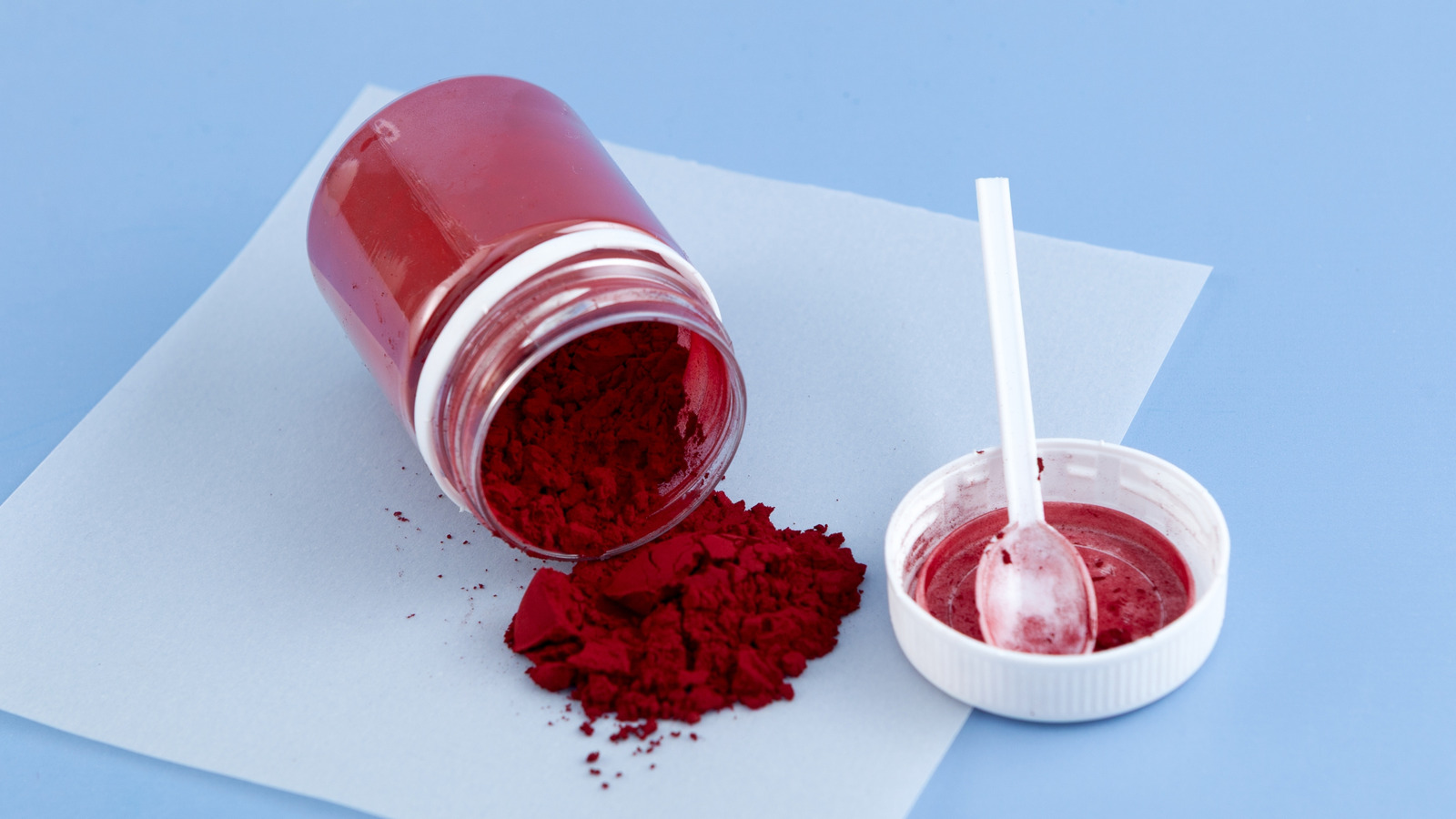
"One way this is accomplished is by labeling products as "all natural," implying that they contain no artificial colors or flavors. It's comforting to think that your strawberry yogurt's pleasant pink color comes from fresh, ripe berries. But the truth is that some of that red and pink natural coloring comes from carmine, also known as cochineal, which is made from ground-up cochineal beetles."
"The practice of extracting red dye from cochineal beetles (which feed and live on prickly pear cacti) dates back thousands of years. In the Americas, the Maya and Aztecs used it to dye their garments red. In the Mediterranean region, Phoenicians used a similar beetle to dye their textiles. As time passed, the cochineal fell out of favor as a fabric dye, but it remained popular as a food additive for the bright red hue it can bring to jams, candy, and even meat."
"The FDA approved cochineal for food back in 1967. In 2009, the FDA required that labels clearly identify when cochineal is used in a product. Cochineal can be used in chocolate to achieve specific shades of brown, as well as in frozen desserts such as ice cream, sorbet, and sherbet. It also colors Nerds Gummy Clusters, some Skittles, imitation crab meat, many brands of red velvet cupcakes, and even the exterior coating of vitamin supplements."
Carmine, also called cochineal, is a red dye produced from ground cochineal beetles that feed on prickly pear cacti. The dye has been used for thousands of years by cultures such as the Maya, Aztecs, and Phoenicians to color textiles. Although its textile use declined, cochineal persisted as a food additive for vibrant red hues in jams, candies, desserts, and meats. The FDA approved cochineal for food in 1967 and required clear labeling of its use in 2009. Cochineal appears in products ranging from chocolate and frozen desserts to candies, imitation crab meat, red velvet cupcakes, and vitamin coatings.
Read at Tasting Table
Unable to calculate read time
Collection
[
|
...
]